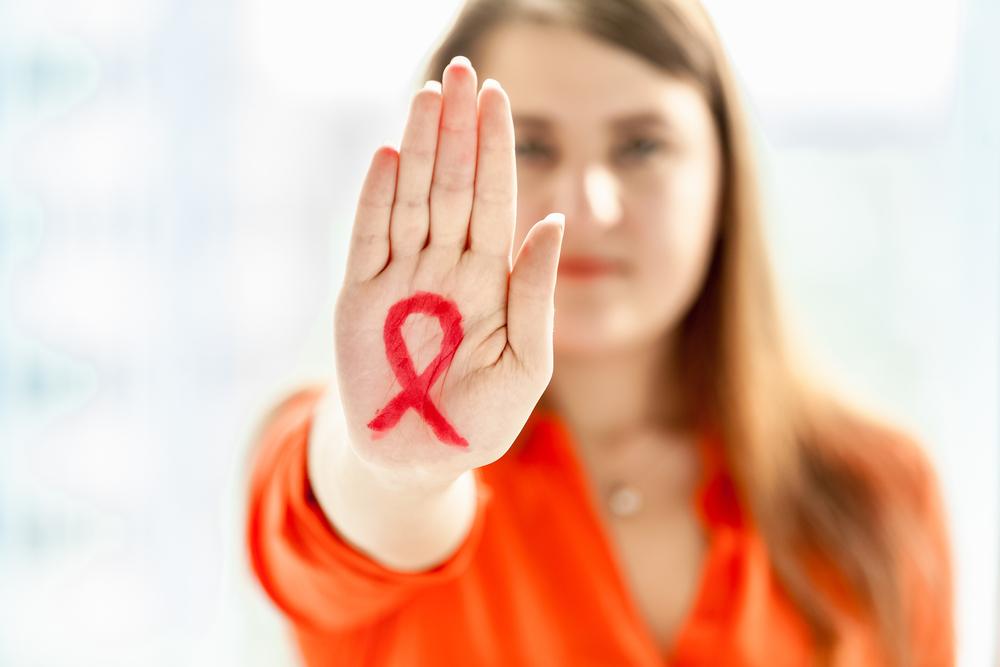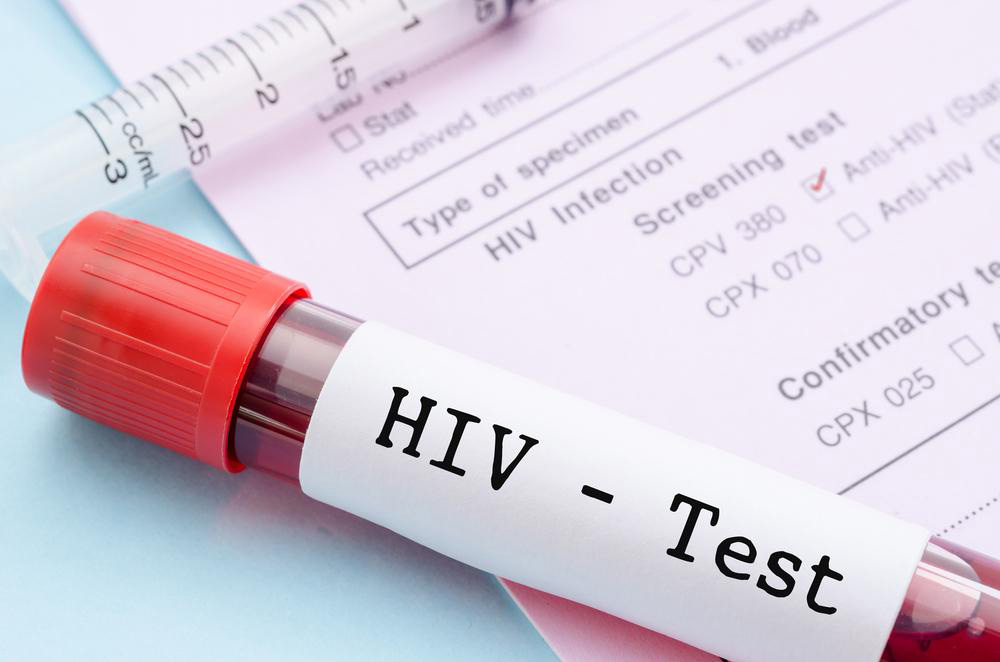Comprehensive Guide to Managing HIV/AIDS: Treatments and Strategies
This comprehensive article explores the latest HIV/AIDS treatment options, emphasizing the vital role of antiretroviral therapy (ART). It discusses different classes of medications, their functions, and the importance of managing opportunistic infections and maintaining good nutrition. Advances in treatment have turned HIV from a fatal disease into a manageable chronic condition, providing hope and improved quality of life for millions worldwide. Learn about how personalized treatment plans and adherence are crucial to controlling the virus and preventing disease progression.

Comprehensive Guide to Managing HIV/AIDS: Treatments and Strategies
Human Immunodeficiency Virus (HIV) is a persistent and challenging health condition that, if left untreated, can develop into Acquired Immunodeficiency Syndrome (AIDS). The virus fundamentally undermines the immune system by attacking vital immune cells, particularly CD4+ T lymphocytes, leaving the body vulnerable to a wide array of infections and certain cancers. Although current medical science has not yet discovered a definitive cure for HIV/AIDS, significant advancements in treatment approaches have transformed it into a manageable chronic condition, allowing many individuals to lead long, healthy lives.
Overview of Current HIV/AIDS Management Strategies
Despite no available cure, the evolution of treatment options over recent decades has revolutionized patient care and prognosis. The goal of HIV treatment is to suppress viral replication below detectable levels, restore and preserve immune function, and prevent complications stemming from opportunistic infections. Here, we delve into the most effective strategies and therapies currently used to control HIV and support affected individuals.
Antiretroviral Therapy (ART): The Cornerstone of HIV Treatment: At the core of managing HIV/AIDS is Antiretroviral Therapy or ART. This treatment involves a carefully selected combination of medicines that target different stages of the HIV lifecycle, effectively reducing the viral load within the body. ART does not cure HIV but suppresses the virus to undetectable levels, preventing disease progression and reducing transmission risk.
**Classes of Antiretroviral Drugs**:
Non-nucleoside reverse transcriptase inhibitors (NNRTIs): These drugs inhibit a specific enzyme HIV needs to reproduce. Examples include efavirenz and nevirapine, which block reverse transcriptase activity, essential for viral replication.
Nucleoside or nucleotide reverse transcriptase inhibitors (NRTIs/NtRTIs): These mimic the building blocks required for viral DNA synthesis, thereby causing faulty DNA formation and halting the replication process. Common drugs include zidovudine (AZT), lamivudine (3TC), and tenofovir.
Protease inhibitors (PIs): These impair the function of the HIV protease enzyme, which is critical for assembling new infectious viral particles. Drugs like lopinavir and atazanavir fall into this category.
Combining these various classes of drugs is essential to prevent the development of drug resistance and to achieve optimal viral suppression.
**Additional Classes of Drugs**:
Entry or fusion inhibitors: These drugs prevent HIV from entering CD4 cells, the primary targets of the virus. Enfuvirtide is a notable example often used in resistant cases.
Integrase inhibitors: These block the enzyme integrase, which HIV uses to insert its genetic material into the host's DNA. Examples include raltegravir and dolutegravir, which are highly effective in quickly lowering viral loads.
Adherence to prescribed antiretroviral regimens is crucial; missing doses can lead to drug resistance and treatment failure. Medical professionals tailor combination therapies based on individual health profiles, potential side effects, and resistance patterns to optimize outcomes.
Supporting Overall Health: Managing Opportunistic Infections and Nutrition
As HIV weakens the immune system, individuals are more susceptible to opportunistic infections such as tuberculosis, candidiasis, and pneumocystis pneumonia. Preventative measures include prophylactic medications and routine screenings.
Maintaining a nutritious diet rich in vitamins, minerals, and essential nutrients enhances immune function and overall well-being during treatment.
Regular medical check-ups, laboratory tests, and continuous monitoring are vital to assess treatment efficacy and manage side effects effectively.
While a definitive cure for HIV/AIDS remains a pursuit for researchers worldwide, current treatment strategies enable HIV-positive individuals to lead productive, healthy lives. With proper medication adherence, regular health care, and healthy lifestyle choices, individuals can prevent disease progression and transmission, ultimately enhancing their quality of life.





